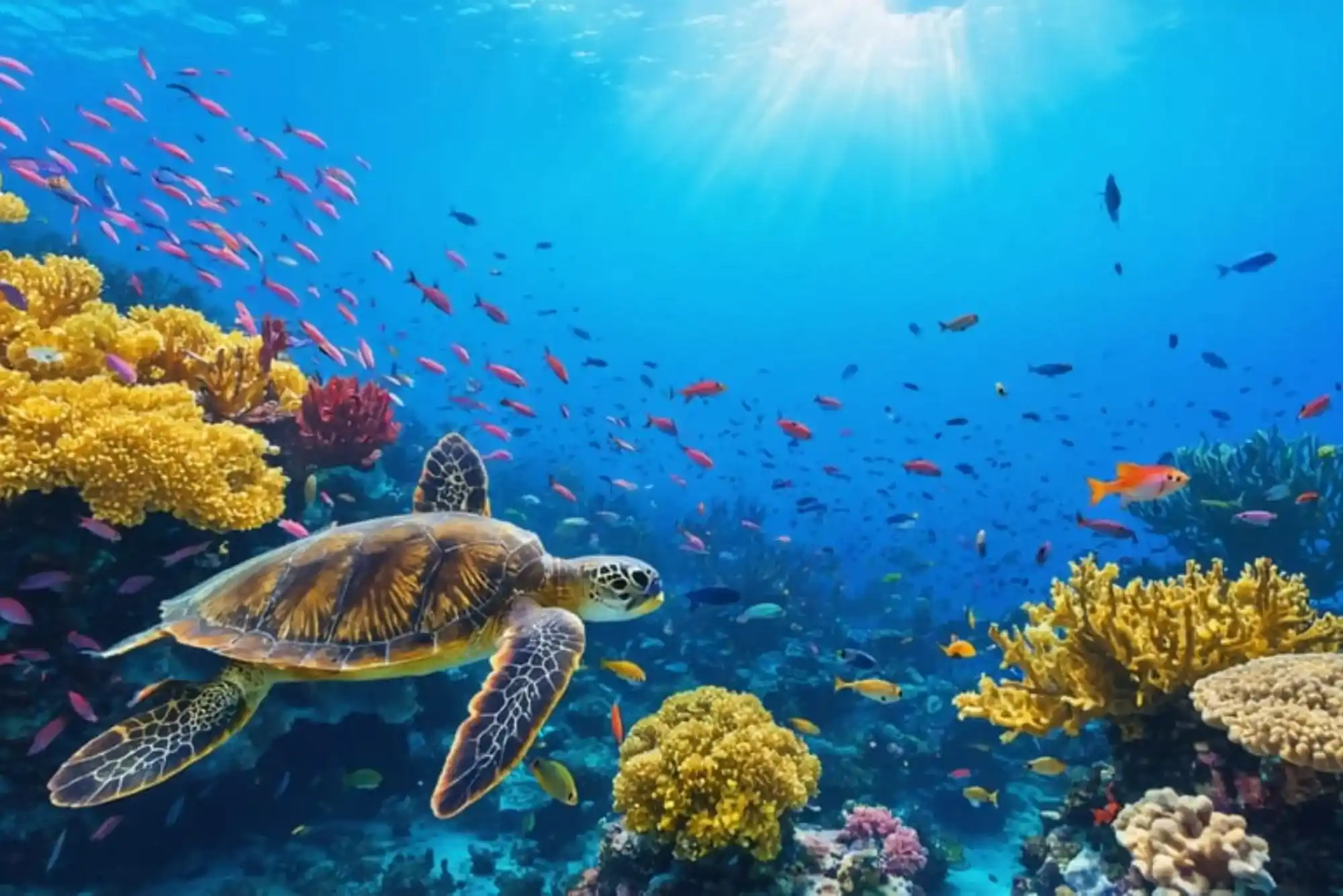Understanding marine biodiversity and estimating how many fish are in the ocean is crucial for ecological conservation and sustainable fishing. Given the ocean’s vastness, accurately estimating fish populations involves advanced science, technologies, and global collaboration.
Why Estimating Ocean Fish Numbers Matters
Ocean fish populations provide insights into global food security, biodiversity, and environmental health. Fisheries and ecological researchers study these figures to:
- Prevent overfishing
- Support marine ecosystem balance
- Inform international fishing policies
- Guide conservation efforts
Challenges in Estimating Fish Populations
Oceans cover more than 70% of the Earth, with fish residing at various depths and habitats. Many species are migratory, live in schools, or remain deep underwater, making visual counting impossible. Factors like water depth, clarity, and temperature further complicate data collection.
Scientific Techniques Used in Estimation
Acoustic Surveys
Sonar and echo sounders are mounted on research vessels to send sound waves underwater. These waves bounce off fish schools, allowing scientists to estimate their size and distribution. Acoustic surveys are widely used in open-sea fish population assessments.
Trawl Sampling
In this method, nets are dragged through the water to collect fish samples. Scientists analyze the sample’s size, species, and weight. While more invasive, this helps validate acoustic data and understand species biodiversity.
Tagging and Tracking
Individual fish are tagged with electronic devices. These tags transmit location and behavior data, offering valuable insight into migratory routes and habitat preferences.
Satellite and Remote Sensing
Satellites monitor ocean temperature, currents, and phytoplankton levels, which are indicators of fish abundance. While indirect, these data points help forecast where fish are likely to be concentrated.
Mathematical and Statistical Models
Data collected from fieldwork is processed using predictive models. These include:
- Biomass estimation models
- Species distribution models
- Catch per unit effort (CPUE)
These models offer projections based on historical and current data trends.
The Role of Artificial Intelligence and Big Data
AI technologies now analyze massive datasets from different sources like satellites, underwater drones, and fishing logs. Machine learning models detect patterns and improve the accuracy of estimates. For example, AI can now:
- Recognize fish species in underwater footage
- Estimate population density
- Track migration over time
Who Conducts These Studies?
Global and regional bodies such as:
- The Food and Agriculture Organization (FAO)
- National Oceanic and Atmospheric Administration (NOAA)
- Regional Fisheries Management Organizations (RFMOs)
- Universities and research institutes
Many private enterprises also play a role. For example, United Fish Dubai supports sustainable practices by collaborating with scientists and regulators to ensure marine life longevity.
Key Findings and Current Estimates
So, how many fish are in the ocean? While exact numbers vary, estimates suggest there could be over 3.5 trillion individual fish. However, this number is dynamic and subject to change due to climate shifts, fishing pressure, and ocean health.
Case Study: United Fish Dubai’s Role in Ocean Sustainability
United Fish Dubai contributes significantly to responsible fishing in the Middle East. Their focus includes:
- Promoting ethical sourcing
- Collaborating with marine biologists
- Using traceable supply chains
- Educating communities about ocean conservation
Their initiatives align with global sustainability goals and demonstrate a commercial sector’s positive impact on environmental preservation.
How Citizens and Consumers Can Contribute
You don’t need to be a marine biologist to protect ocean life. Here’s how everyone can help:
- Choose sustainably sourced seafood
- Reduce plastic use to prevent ocean pollution
- Support organizations like United Fish Dubai
- Stay informed through resources and social media updates like Follow us on Facebook
Technological Innovations Shaping the Future
Several emerging technologies are changing how we assess ocean life:
Underwater Drones
Equipped with cameras and sonar, these devices explore depths humans cannot reach. They provide real-time data and images.
Environmental DNA (eDNA)
Fish shed DNA into their environment. Scientists can now analyze water samples for eDNA to determine which species live in a particular area.
Blockchain for Traceability
Some companies, including those supported by United Fish Dubai, are adopting blockchain to track seafood from ocean to plate. This ensures ethical and legal sourcing.
People Also Ask
What tools are used to estimate fish populations?
Acoustic surveys, satellite data, trawl sampling, and tagging are some of the major tools used.
Can we ever know the exact number of fish in the ocean?
Not precisely, but advanced models and technology provide increasingly accurate estimates.
Why is it hard to count fish in the ocean?
The vastness of oceans, the mobility of fish, and environmental variability make exact counts extremely difficult.
Final Thoughts
Estimating how many fish are in the ocean is a complex but vital scientific endeavor. It underpins our ability to maintain biodiversity, manage fisheries, and protect marine ecosystems. With the active involvement of companies like United Fish Dubai, and increased public awareness through platforms like Follow us on Facebook, the future of our oceans can remain vibrant and sustainable.

